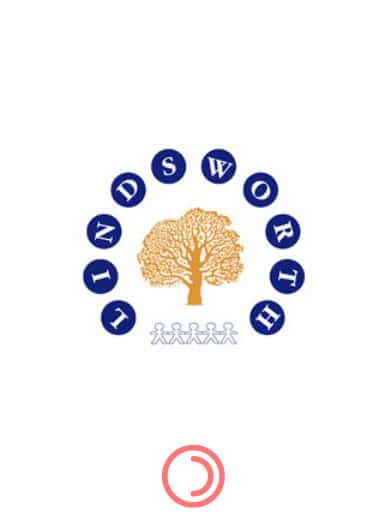Lindsworth School
Lindsworth School
An Ofsted journey from 'Special Measures' to 'Good'

The school has 134 pupils, while the other school in the Federation, Springfield House, has a roll of 97. The students all come to the school with a statement of special educational needs. They are referred through the Local Authority (Birmingham).
The Lead Pastoral Co-ordinator at the school is Dean Williams. His overall job role is to oversee behaviour, attendance, and personal development across the two schools in the Federation, as well as managing the school’s pastoral learning support workers and a group of higher-level teaching assistants.
But before going on to hear what he has to say about BehaviourWatch, it would be useful to examine the background of the decision to try it out, and perhaps to hear a more objective viewpoint –from Ofsted.
The assignment: Turn Lindsworth around and escape Special Measures
How did BehaviourWatch fit in at the school?

Lindsworth's Behaviour Timeline
Evidence Building
The final word
Visitors have commented on how calm and orderly the school is, while the Minister of Justice praised the school highly after a visit in early 2019. Furthermore, teachers from other schools have visited Lindsworth in order to see the system in action.